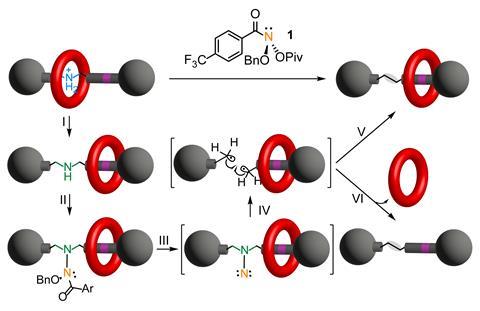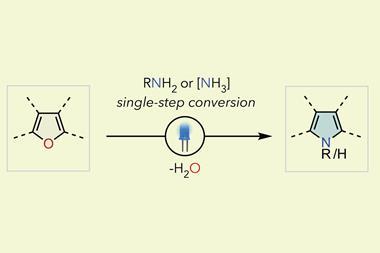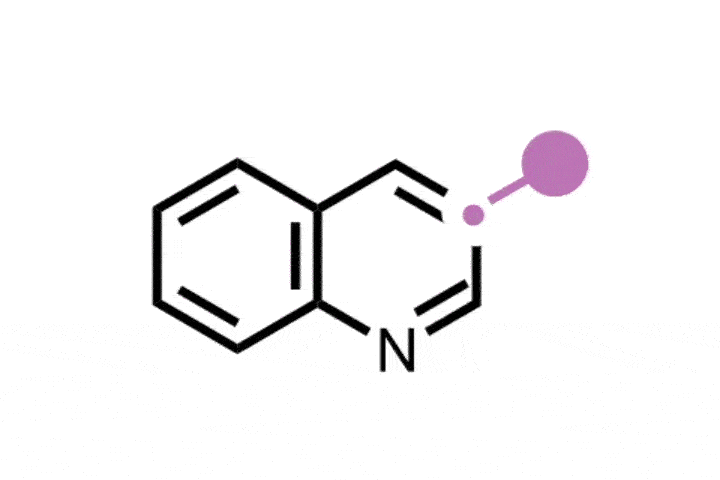A new technique selectively removes nitrogen atoms from rotaxanes and forms a stabilising carbon–carbon bond, without allowing the existing structure to unravel. The reaction extends the use of skeletal editing to a complex supramolecular structure and could offer a way to modify many other similar molecules that are difficult to access with conventional synthetic techniques.
Rotaxanes are interlocked molecular structures consisting of a ring-shaped macrocycle threaded onto a linear axle, which is capped by bulky stoppers to prevent the ring from slipping off. The design enables them to function as molecular machines like switches and carriers of molecular cargo.
Now, a team led by David Leigh at the University of Manchester, UK, has used a skeletal editing technique to remove an amine site from a rotaxane’s axle that had helped to hold the ring in position during the rotaxane’s construction. Removing this template site is difficult because non-covalent interactions can keep the macrocyclic ring situated around that part of the axle. This means that breaking the axle to remove the nitrogen could cause the ring to slip off, destroying the rotaxane’s structure.

To tackle this problem, Leigh’s group built on a method developed in Mark Levin’s lab at the University of Chicago, US, in 2021 that uses an anomeric amide reagent to delete nitrogen from amine sites in large molecules. When applied to a rotaxane, alkaline reaction conditions temporarily shift the macrocycle away from the amine site, providing the anomeric amide unimpeded access to the nitrogen. The team confirmed the successful retention of the interlocked molecular shape using NMR, mass spectroscopy and x-ray crystallography.
Leigh’s team believes that the work opens new avenues for the molecular editing of many more interlocked structures, including catenanes and rotaxanes based different motifs.
References
M Gauthier et al, J. Am. Chem. Soc., 2024, DOI: 10.1021/jacs.4c09066

















No comments yet